National DNA Day
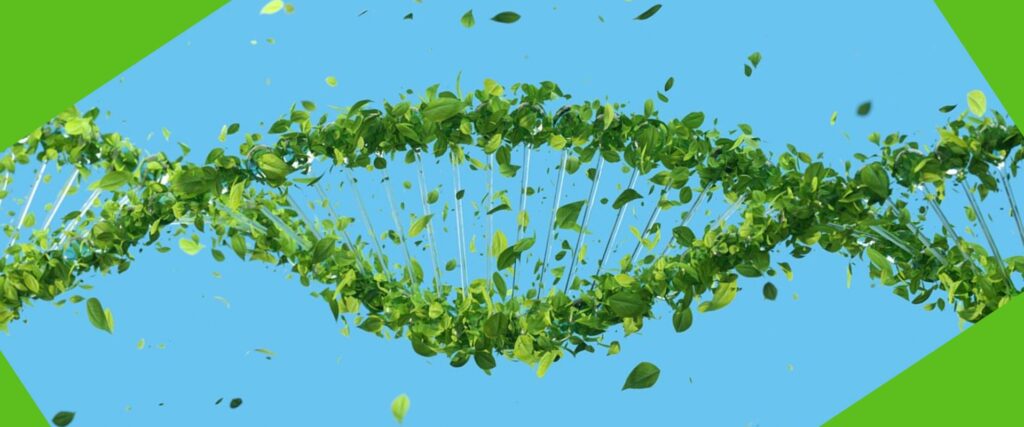
A Peek Inside Sumner Lab on National DNA Day Lab Volunteer, Jerrod Stone, shares his experience and the latest projects April 26th is National DNA Day! Researchers have been busily prepping the Sumner Lab since its opening in January 2019. As key instruments and materials began to fall into place, everyone was eager to get […]
Researchers Highlight the Importance of Urban Trees with New Species Discoveries
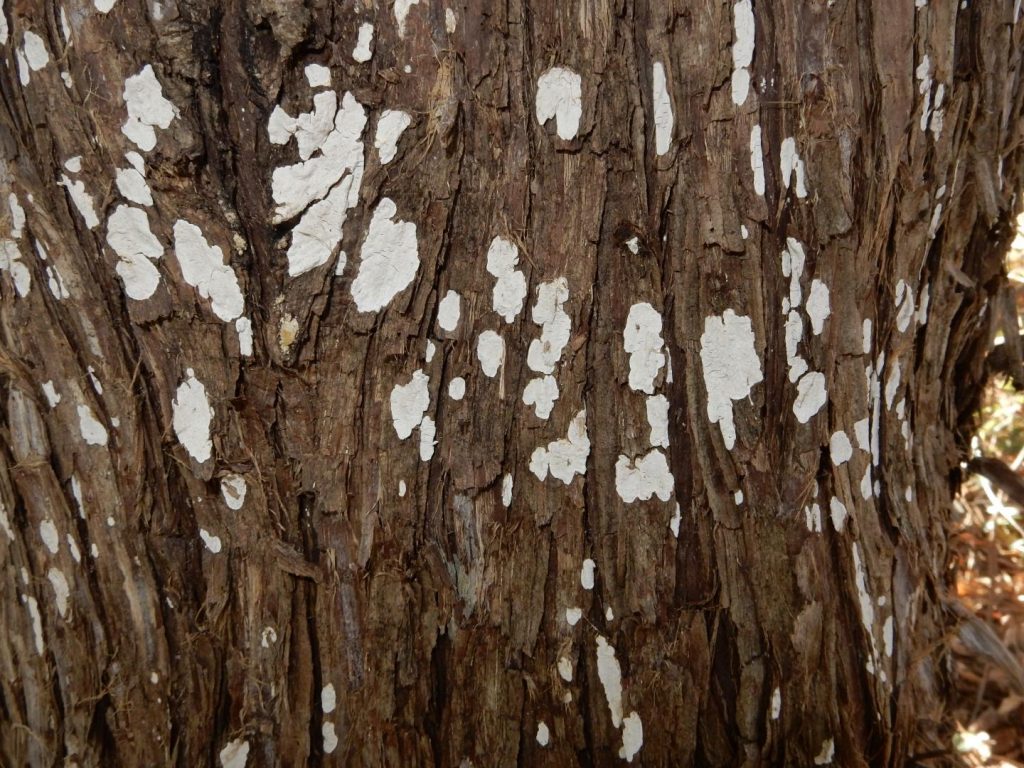
Researchers at FWBG | BRIT Highlight the Importance of Urban Trees with New Species Discoveries The urban environment is much more diverse than some might suspect. We share our space on planet earth and in urban areas with all kinds of animals, plants, and insects. Even in the heart of a concrete downtown area, life […]
Gretchen and Stanley Jones Palynological Collection
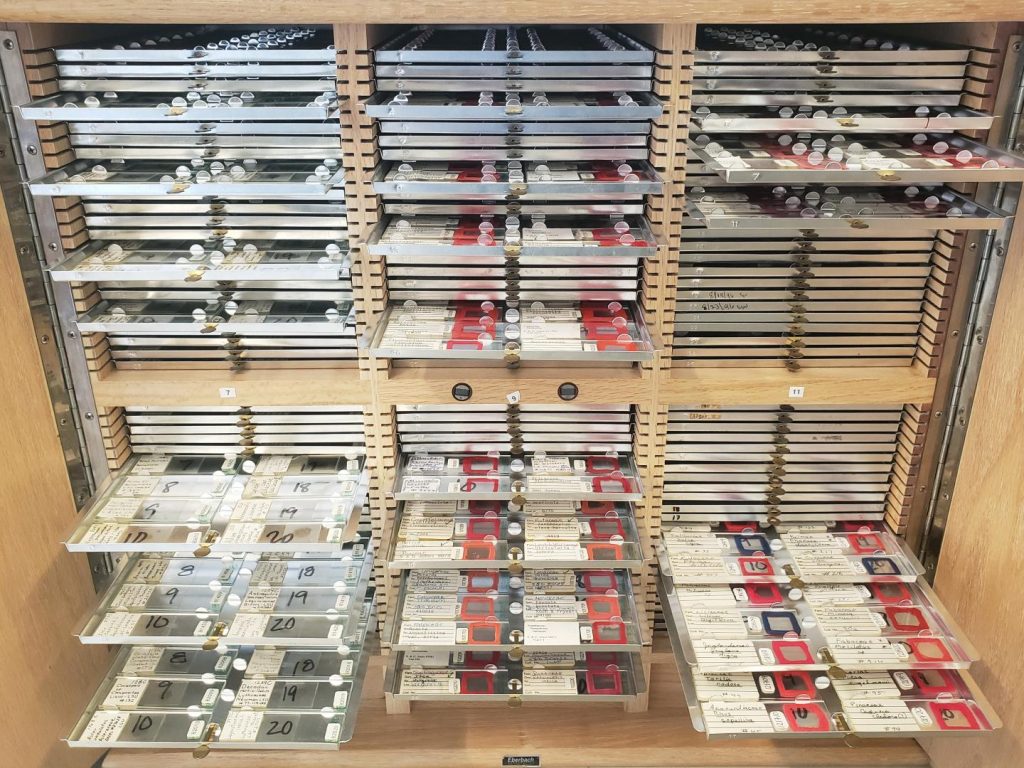
In spring 2014, BRIT received the gift of the Gretchen and Stanley Jones Palynological Collection (a special collection for the study of pollen), personally built by Dr. Gretchen Jones over her career at the United States Department of Agriculture (USDA) where she was a Palynological Research Botanist with the Agricultural Research Service. This gift consisted of 150+ hard-bound […]
Microscope Slide Collection
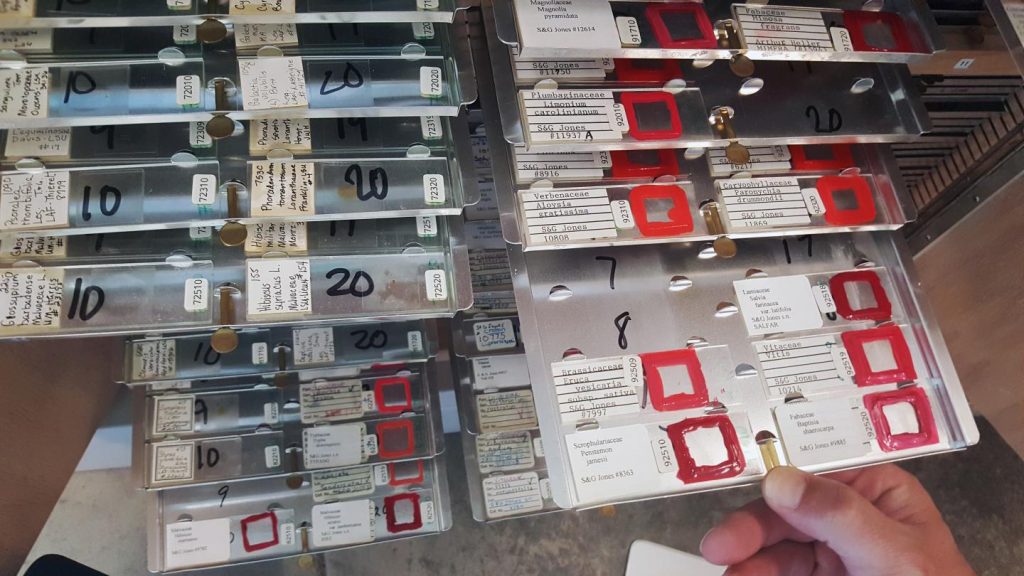
The BRIT Microscope Slide Collection incorporates over 16,000 glass microscope slides, representing an important resource for the study of pollen and plant anatomy.
R. Dale Thomas Collection (NLU)
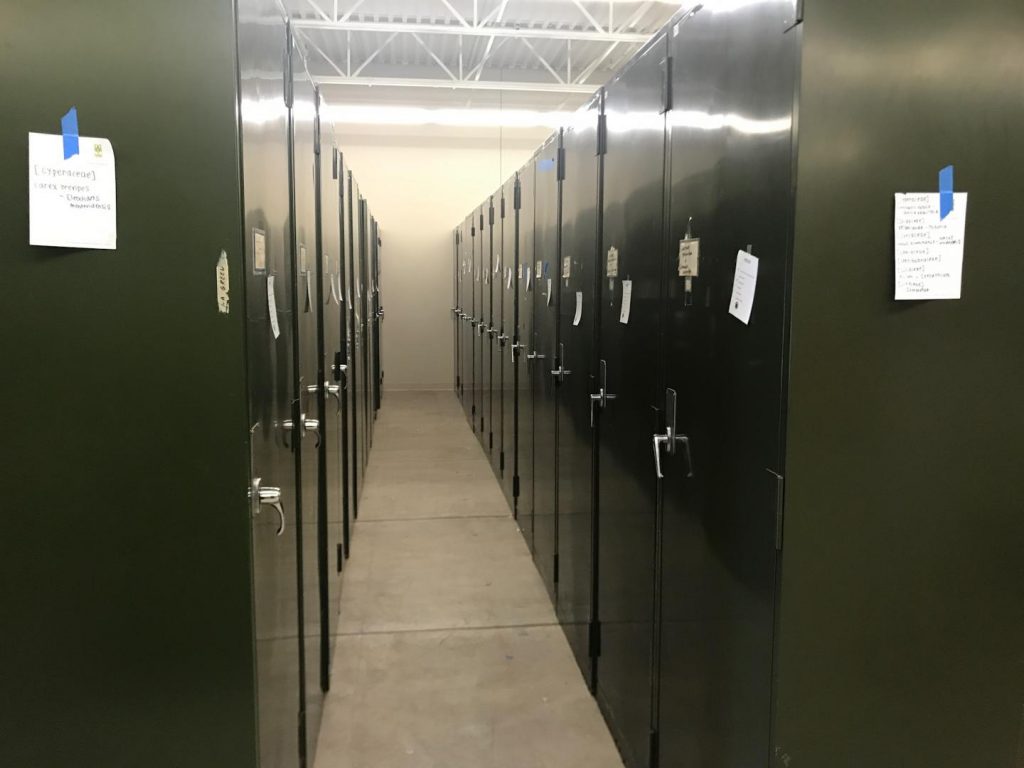
Prior to its move to BRIT, the R. Dale Thomas Collection (NLU) was housed at the University of Louisiana at Monroe. The herbarium acronym NLU comes from the University’s previous name—Northeast Louisiana University—when Dr. R. Dale Thomas took the collection from 250 specimens to over 400,000. Today, the NLU herbarium contains an estimated 472,000 specimens […]
Botanical Specimens with a Mysterious Past!

This article originally appeared in BRIT’s former newsletter publication, Iridos, Issue 16(1) 2005. “Wow!” is the most frequent comment from visitors viewing the two oldest plant specimens in the BRIT Herbarium. Both specimens were collected in Mexico in 1791 by Dr. Thaddaeus Peregrinus Xaverius Haenke (1761-1817), a widely-respected Czech botanist, world explorer, and editor of […]
Preservation and Storage

Herbarium specimens will last hundreds of years if properly cared for. We are committed to providing a secure and easily accessible collection for scientific research.
Mounting

There is an art to the mounting of plant specimens to their archival quality cardstock backing. BRIT’s volunteers and staff participate in this activity daily.
Identification

Plant identification requires you have as much of the plant as possible, and in some occassions this cannot be accomplished if you are dealing with a sterile specimen.
Pressing and Drying

To facilitate specimen storage and use, collected plants must be pressed to a 2-dimensional status and dried to remove any moisture that would encourage fungal growth.
